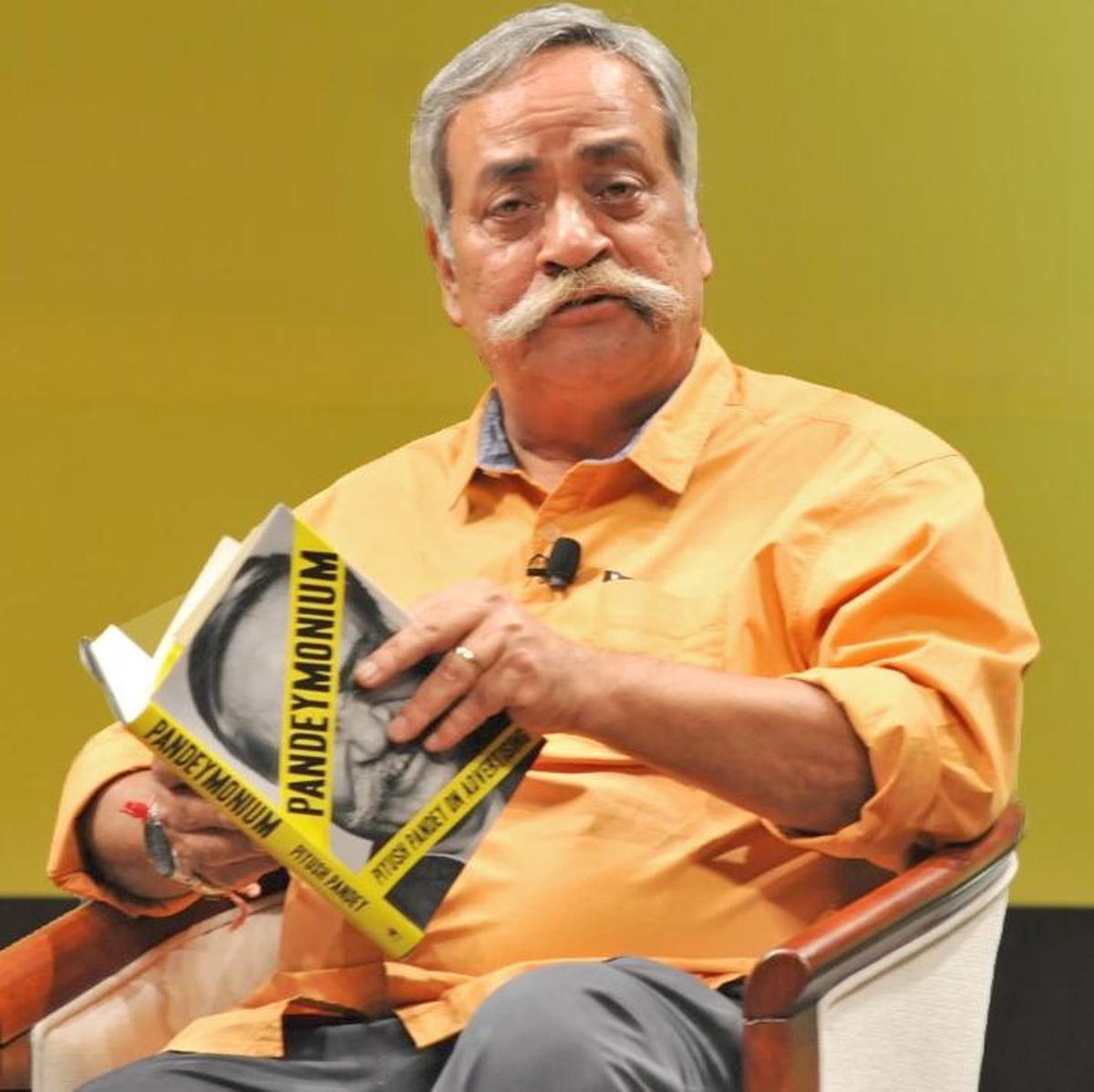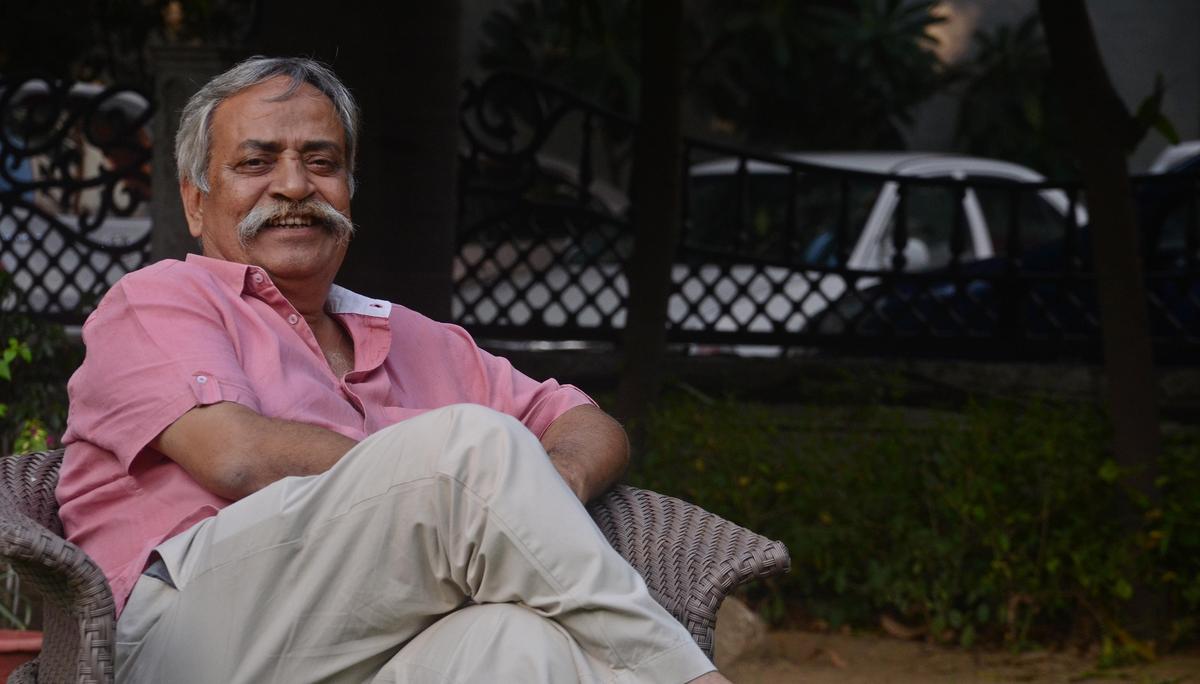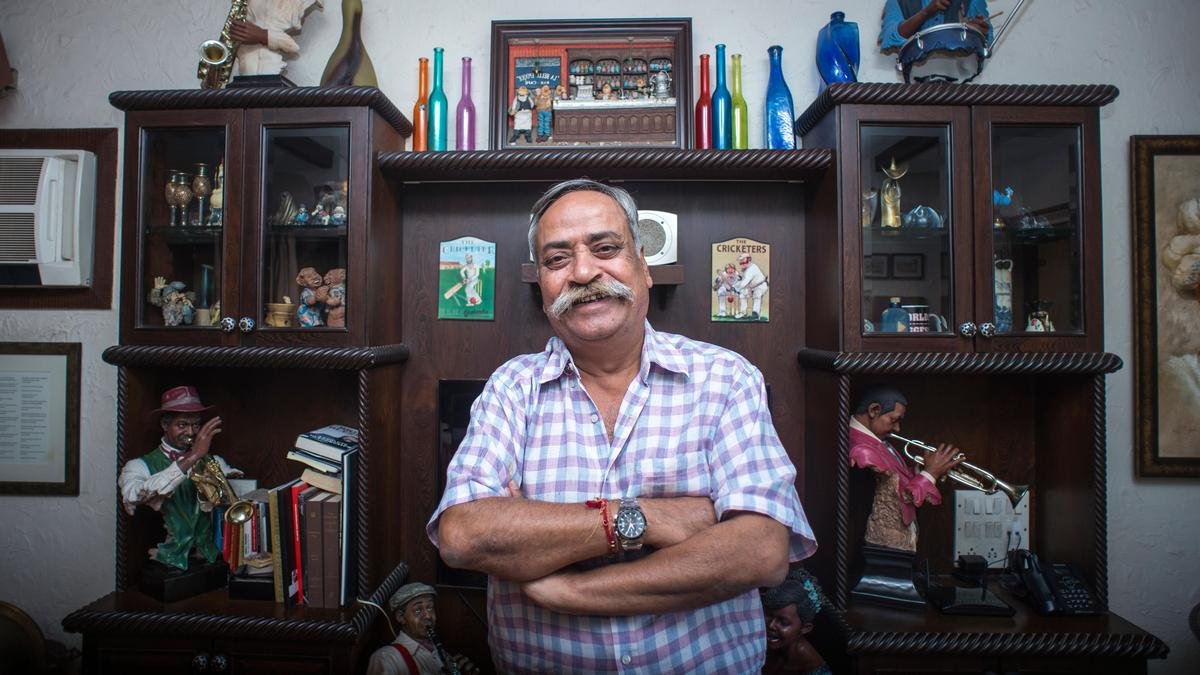Ogilvy, known for its Fevicol bus, Cadbury’s ‘Kuch Khaas Hai’ and Dove ‘Real Beauty Sketches’ ads, has a bold approach to work. Much of that came from Piyush Pandey. He was a big, loud, funny, emotional man, and that translated into his campaigns. He was always ready with a joke, but he was also ready to buckle down and work.
I remember late nights when we were out till 3 a.m., and he would tell us to meet back at the office at 8 a.m. Everyone would come in looking absolutely shattered, but he would already be there, writing. He used to write Om on the top of the page and write copy and scripts.
Piyush — a Ranji player in his younger days, who loved peppering his conversations and scripts with cricketing terms and analogies — never believed in playing captain. A lot of senior advertising people, especially when they are the country head or global director, sort of become supervisors. They don’t actually write or design. But not him. He never stopped writing. A lot of the scripts, like the Fevicol ads, were written by him personally.

‘He nudged me to be confident’
I worked with him for four years. I had come to Delhi as a creative director at Contract. Piyush and I used to bump into each other at people’s homes, over dinner and drinks. One day he said, we should work together. So, I joined Ogilvy Delhi as a creative director. The day I joined he gave me the best advice: always play front foot. That nudge to be confident, to never overthink, to never second-guess — it has stood me in good stead through my time there, and later when I started my own company.

Piyush Pandey at the launch of his book Pandeymonium
| Photo Credit:
Special arrangement
I remember there was always excitement and laughter in the office. Ideas being volleyed back and forth. I would call him about an idea, and we would make fun of each other. He liked to call me back and say, “V. Sunil, this is P. Pandey”, followed by an infectious laugh. Every time I asked him to translate something in Hindi, he would rib me, saying: “After all these years of me working and you turn me into a translator!”
But, on a serious note, what he built was great creative leaders. Over the years, a lot of people from Ogilvy went out and successfully started their own companies. He guided us all, but in a sort of casual way. There was always this culture of building a creative ecosystem. He just knew how to bring in all the right people, and then create that energy and excitement about doing great work. He was also open to everyone bringing in their own style. That was a big lesson. Even when we started our own ventures, we knew we wanted people to join us with their individual characters and systems in place.

Piyush Pandey in New Delhi
| Photo Credit:
Sushil Kumar Verma
‘He followed his gut’
Piyush is rightly called ‘Father of Indian advertising’. He was a strong leader, but he was also very emotional, very sentimental. He understood people and life in India. That’s where a lot of his work came from. He knew what felt right, and he was able to create that emotional connect. In marketing jargon, you would call it insight. But I’d say he followed his gut feeling. He felt it and he did something beautiful with it.
Also, before Piyush came into the picture, advertising was very westernised. As young ad folks, all our references were from the West. In those days, creative directors would wear suspenders, and everyone was trying to be ‘English speaking and stylish’. And then Piyush came and said, I’m not doing this. He pushed back against the western way of doing advertising. He gave people the confidence to work with Indian languages. And you can see that in the campaigns he created.
Four top campaigns
Fevicol: He was able to build a brand that connected with the people. In those days, Fevicol was used by carpenters. Under Piyush, it became something that was exciting. He kept consistently pushing and evolving his vision till it became the high-valued brand it is today.
Asian Paints: It all started with the ‘Merawala blue’ campaign in the 1990s. It came from a high level of understanding of the consumer — because they don’t understand colour palettes, they just know the colour that they like. He was able to incorporate that insight into his work.
Cadbury: His cricketing days came to the fore here. He tapped into the emotions so well. He captured the game and the heart of the feeling. With that one shot, the whole country fell in love.
Vodafone: While he wasn’t directly involved, under his leadership, people were doing so much great work. Jokes would be cracked and suddenly an idea would spark that would give life to a brand. Rajiv Rao and Mahesh V. — who introduced millions of Indians to a pug named Cheeka — were able to do that kind of work because Piyush gave them that platform.
The writer is co-founder of Motherland, a global brand and experience design company, and founder trustee and advisor of the Kochi-Muziris Biennale.
As told to Surya Praphulla Kumar
Published – October 24, 2025 06:15 pm IST
